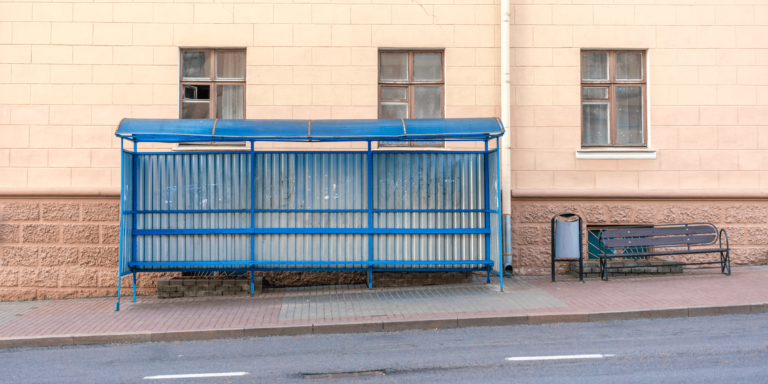John Hood’s column in Carolina Journal today offers a dispassionate analysis of the transit situation in the Triangle, now that the Durham-Orange light rail scheme has collapsed under its own weight. First, read the whole thing. For my purpose here, I want to focus on this snippet:
… there is no evidence of mass abandonment of lifestyles built on decentralization, dispersal, and automobility. North Carolina policymakers shouldn’t pretend otherwise, or try to engineer a different outcome by expending billions of dollars and issuing thousands of regulations to cram North Carolinians into boxes, literal and figurative, that don’t reflect their revealed preferences. …
North Carolina’s communities are polycentric. They don’t look like spokes around a hub. We’ll see plenty of mixed-use developments crop up — to serve the needs of people who want to live, work, shop, play, and go to school without having to travel long distances — but those places will be dispersed as well, not clumped into central business districts. And we’ll continue to see rural places become suburban ones.
Automobility will remain the default commuting preference. But to the extent North Carolinians voluntarily give up driving, the options best suited to their needs will include buses, vans, ridesharing, and telecommuting. Railroads aren’t the future. They’re the past.
Even transit experts who generally favor rail transit have been warning that the Triangle is too dispersed for rail transit (massively expensive, highly limited, inflexible fixed-route systems). We have urged for years for planners to avoid the temptation to “use transportation policy to shape their communities to conform to their visions, rather than fit their transportation policy to meet travelers’ needs.”
Plus, in the years since the rail transit idea became a serious fixation of planners and media, ride-sharing services like Uber and Lyft (inexpensive, up-to-the-minute, highly flexible, go-anywhere options) brought about transportation options and choices not previously imagined. Charlotte, which did take the plunge on a light-rail system, has seen Uber and Lyft take riders away from its perennially underused system (and from buses, too).
Here are links to recent writings on the matter that help distinguish between revealed preference vs. planner preference in transit:
- Differing time costs a major factor in ‘Why People Don’t Use Mass Transit’
- People prefer cars to light rail. Even other people’s cars.
- People prefer cars. Responsible transit policy begins by acknowledging that.
P.S. Then you get planners such as in the City of Raleigh who witness a market choice in personal transit that isn’t cars (hooray, it’s so green and good!), but it also isn’t city planners’ pick for what people ought to choose over cars (e-scooters, ew!), so they drum that out, too.

